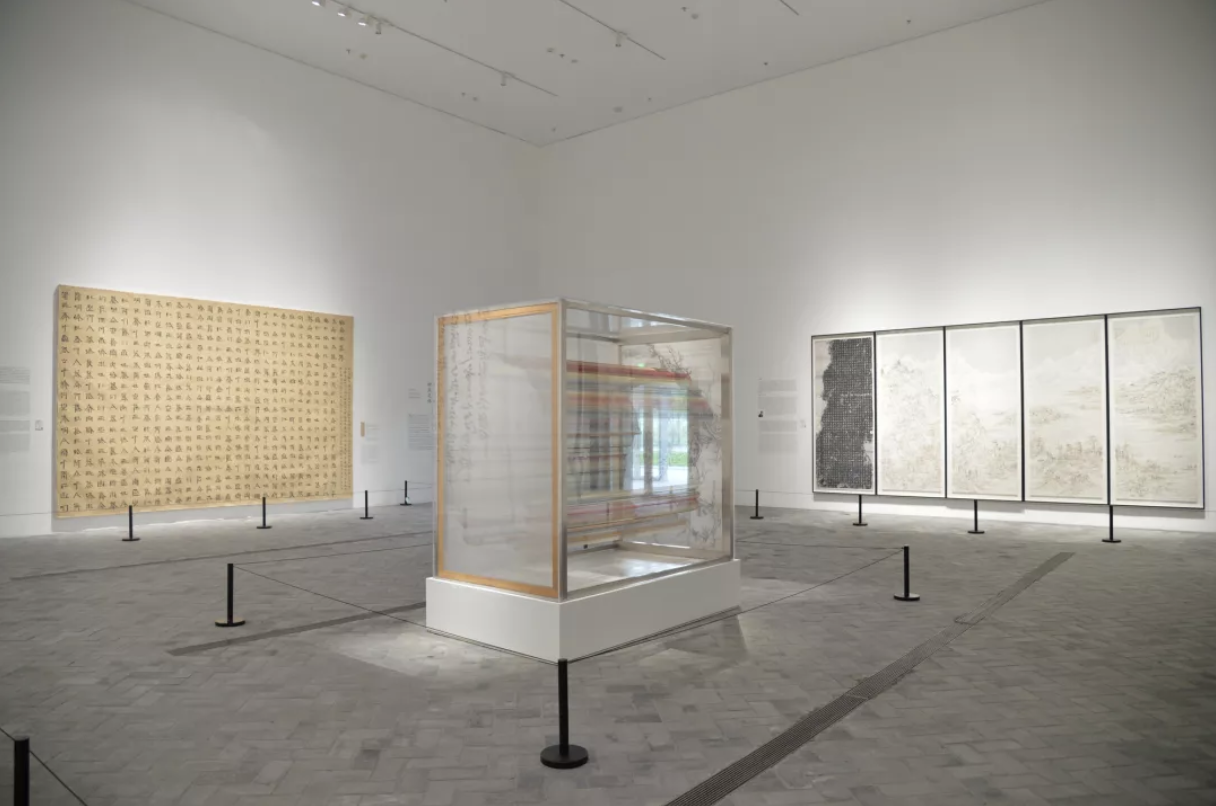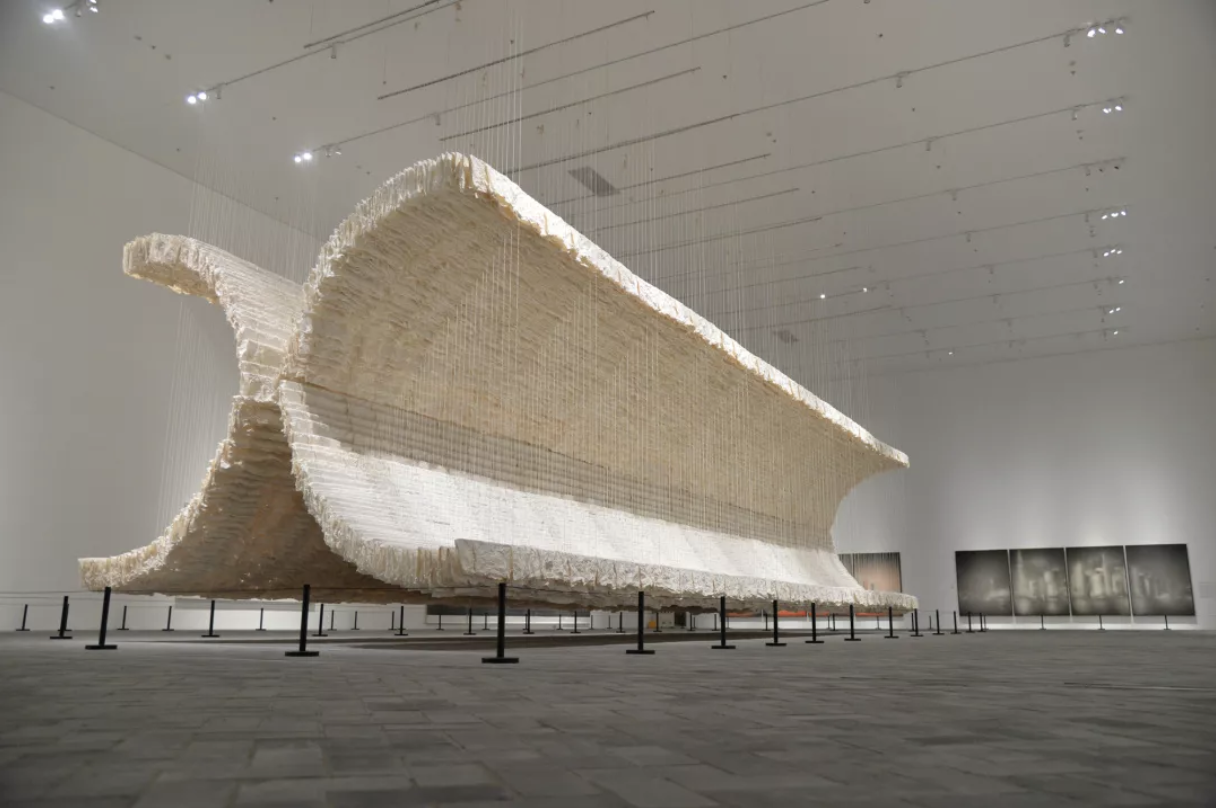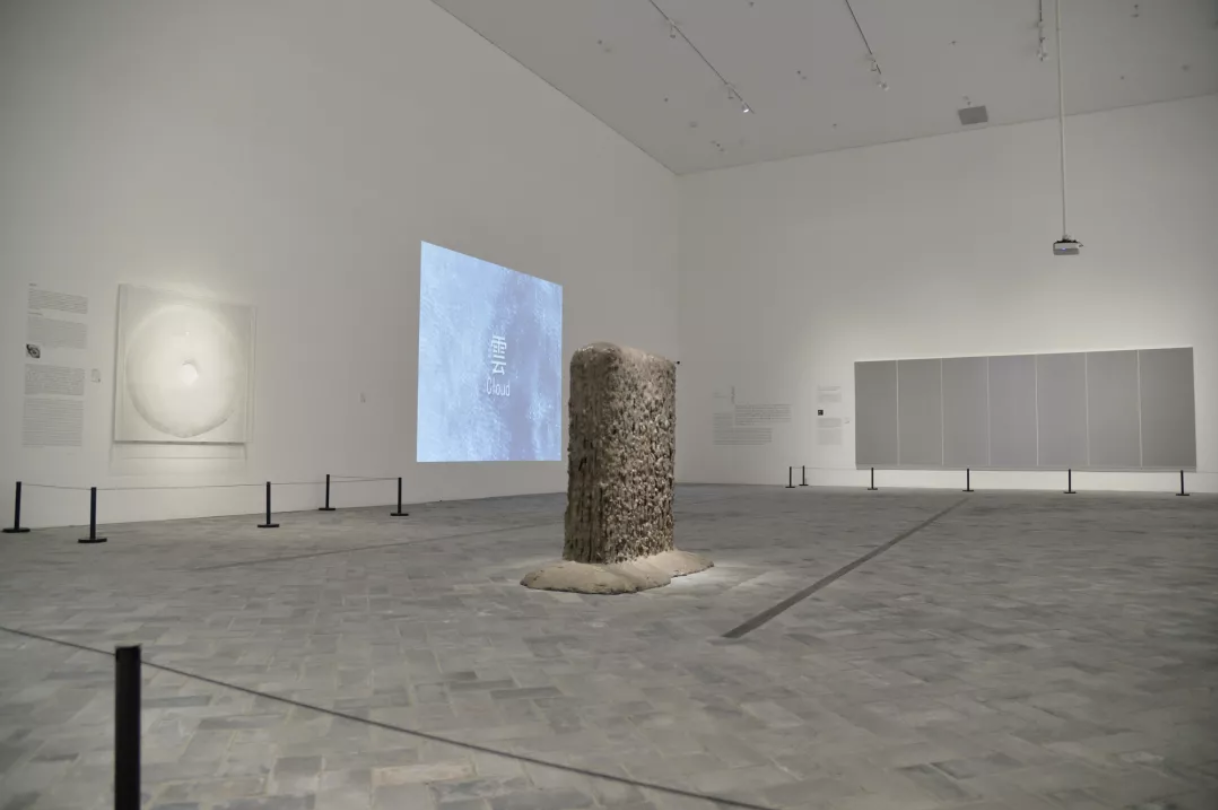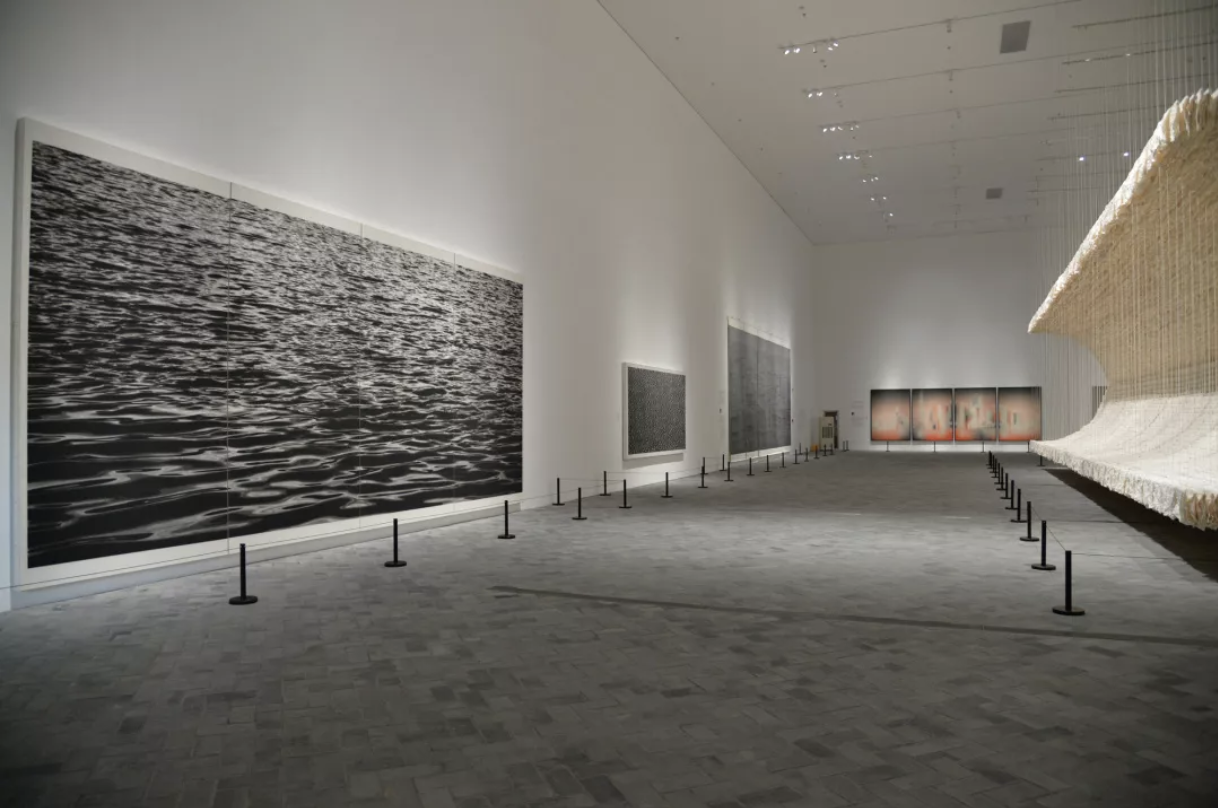In May 2019, the Jining Art Museum launched its first exhibition, “Spirit of Ink Art: New Creation from Traditional Thoughts and Wisdom”, which is part of series of exhibitions to promote Chinese culture. The curator, Dr. Wei Xiangqi (who also serves as Associate Research Librarian for the National Art Museum of China), selected 42 masterpieces of calligraphy, sculpture, installation and video created by 23 renowned artists whose work has reinterpreted traditional Chinese thoughts and wisdom in a comprehensive and multi-dimensional way.
The museum is the first in China to be designed by world-renowned Japanese architect, Pritzker Prize winner Ryue Nishizawa. It’s located in Taibai Lake New District, Jining, Shandong Province, an area that is an important foothold of traditional Chinese culture. The building took three years to complete and is now operated by Jining Chengjian Investment Culture Tourism Co., Ltd. It was built with the goal of visually exploring the convergence of Jining’s nature, history, culture and modern architectural aesthetics and has taken on the responsibility of promoting the interaction of various cultures, upholding educational values and ideas that can travel between ancient and modern times, and re-igniting an appreciation for traditional Chinese culture.
 Photo: Architect Ryue Nishizawa
Photo: Architect Ryue Nishizawa
At the opening ceremony, Nishizawa gave a speech. He expressed his gratitude for the support of this project and spoke about the design behind the museum, which he hopes exemplifies openness and freedom and offers a space where visitors can experience its architectural beauty from different perspectives while also admiring the artwork on display. He aimed to maintain traditional Chinese architectural elements in the design. Under the lotus-shaped, free-floating roof, for example, 800,000 blue bricks were used as decorative materials to symbolise the relationship between profound Chinese cultural traditions and modern, innovative civilisation.
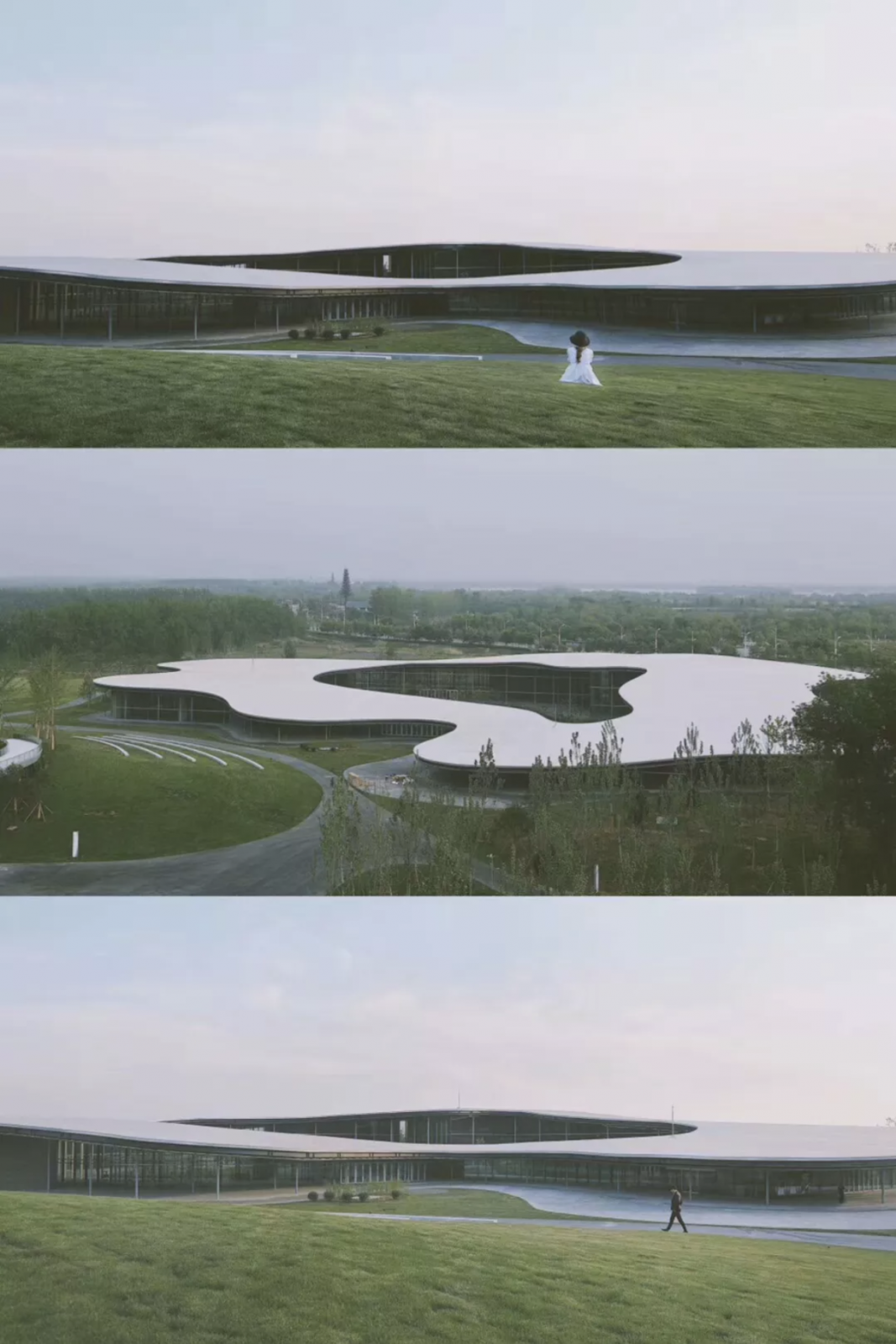
Artist Yuan Wu spoke next, congratulating the team on the event’s success and the creation of Jining Art Museum as a high-standard, professional and academic exhibition space. The combination of the space itself and the exhibition within benefits from the new demands coming into play with China’s current economic and cultural development.
 Photo: Artist Representative Professor Yuan Wu from Beijing Fine Art Academy
Photo: Artist Representative Professor Yuan Wu from Beijing Fine Art Academy
A few words from participating artist and researcher Li Yi, who is a native of Jining, followed. He is proud to see this contemporary space, naturally integrated into his hometown, opening with a highly academic exhibition – very appropriate for what is also the hometown of both Confucius and Mencius.
 Photo: The participating artist and researcher Li Yi
Photo: The participating artist and researcher Li Yi
“Jining Art Museum is an art museum with international foundation and an international ability. We hope that the ‘”Spirit of Ink Art” can convey the new charm of Chinese culture today,” said Curator Dr. Xiangqi. “Ink art is important and spirit is more important. Spirit is built by the integration of the individual and the country: artists’ wills and intuitions reflect the Chinese cultural development in the new epoch!”
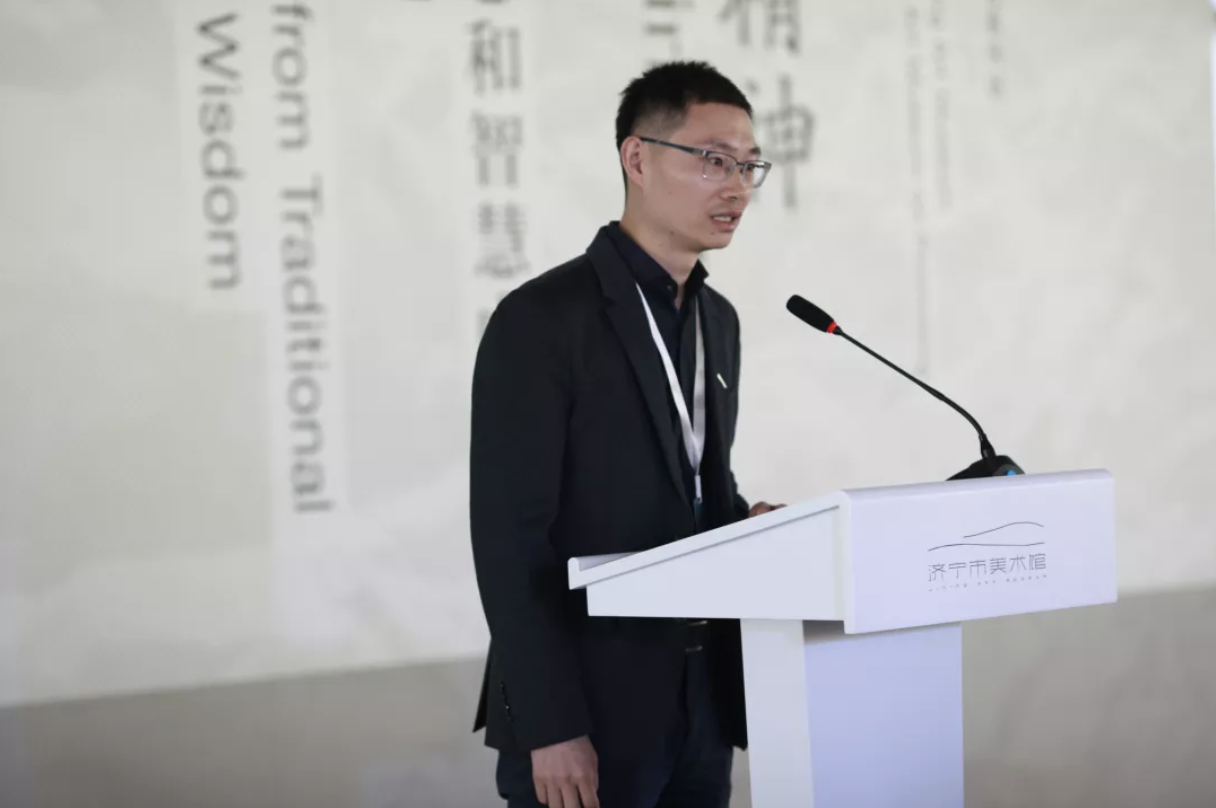 Photo: Dr. Wei Xiangqi, Curator of the opening exhibition and Deputy Research Librarian of the National Art Museum of China
Photo: Dr. Wei Xiangqi, Curator of the opening exhibition and Deputy Research Librarian of the National Art Museum of China
Liu Chunguang, Secretary of the party committee, Chairman and General Manager of Jining Chengjian Investment Culture and Tourism Industry Co., Ltd plans to introduce more high-level cultural and artistic activities to the museum in the future. He noted that the increasing integration of culture and business will meet the diverse needs of local citizens, help organise complementary cultural and commercial activities and promote the sustainable and healthy development of the museum.
 Photo: Liu Chunguang, Secretary of the party committee, Chairman and General Manager of Jining Chengjian Investment Culture and Tourism Industry Co., Ltd
Photo: Liu Chunguang, Secretary of the party committee, Chairman and General Manager of Jining Chengjian Investment Culture and Tourism Industry Co., Ltd
Visitors of the exhibition can immerse themselves in the profound and extensive history of China’s cultural spirit through the exhibition’s five sections where its vitality and immensity are communicated: Between the Landscape, Light of Memory, Script of Glowing Demeanor, Peace of Mind, and Qi of the Ethereal.
The visual form of ink and wash painting is defined by fluidity. Landscape painting through the Five Dynasties to the Song Dynasty (the Northern Song Era and Southern Song Era) captures the magnificence and elegance of the landscape. Into the Yuan Dynasty, it is both fabulous and simple at the same time. The calligraphy of Wang Xizhi tells of utter fascination and expressive force while Yan Zhenqing’s script emphasizes strength and grandeur.
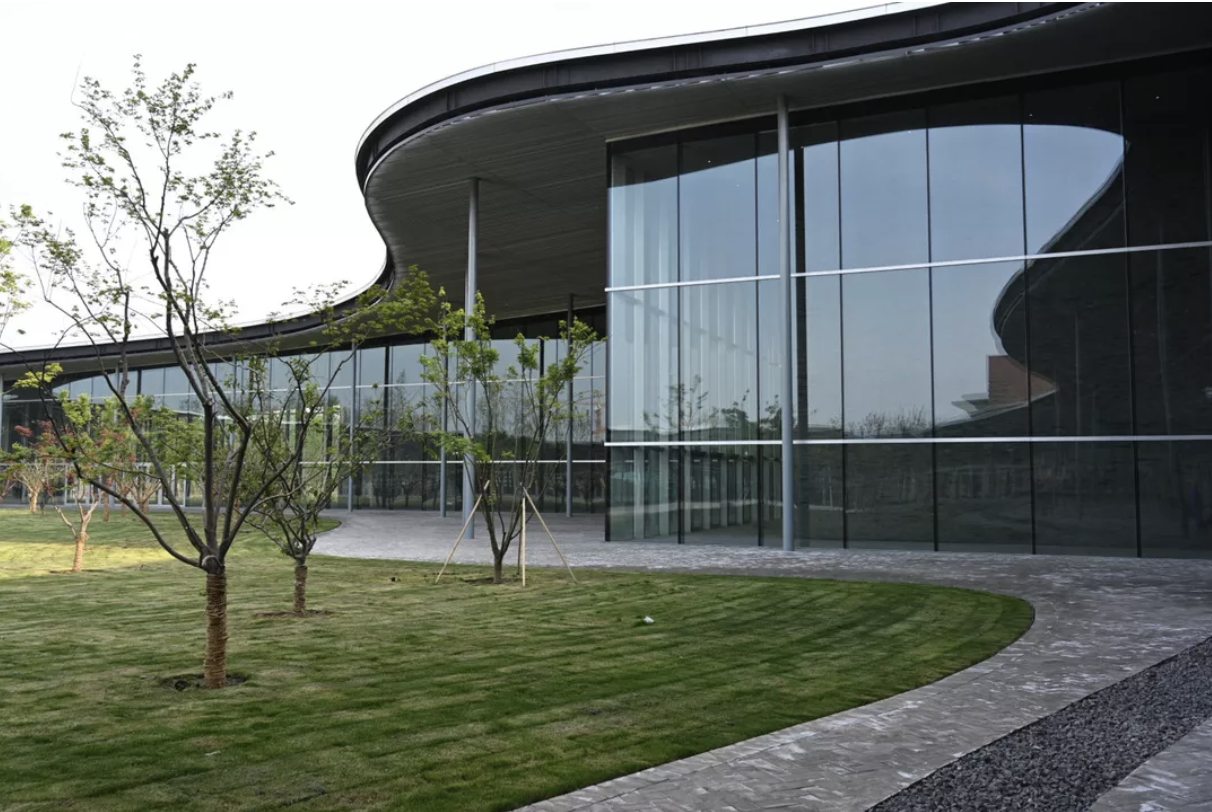
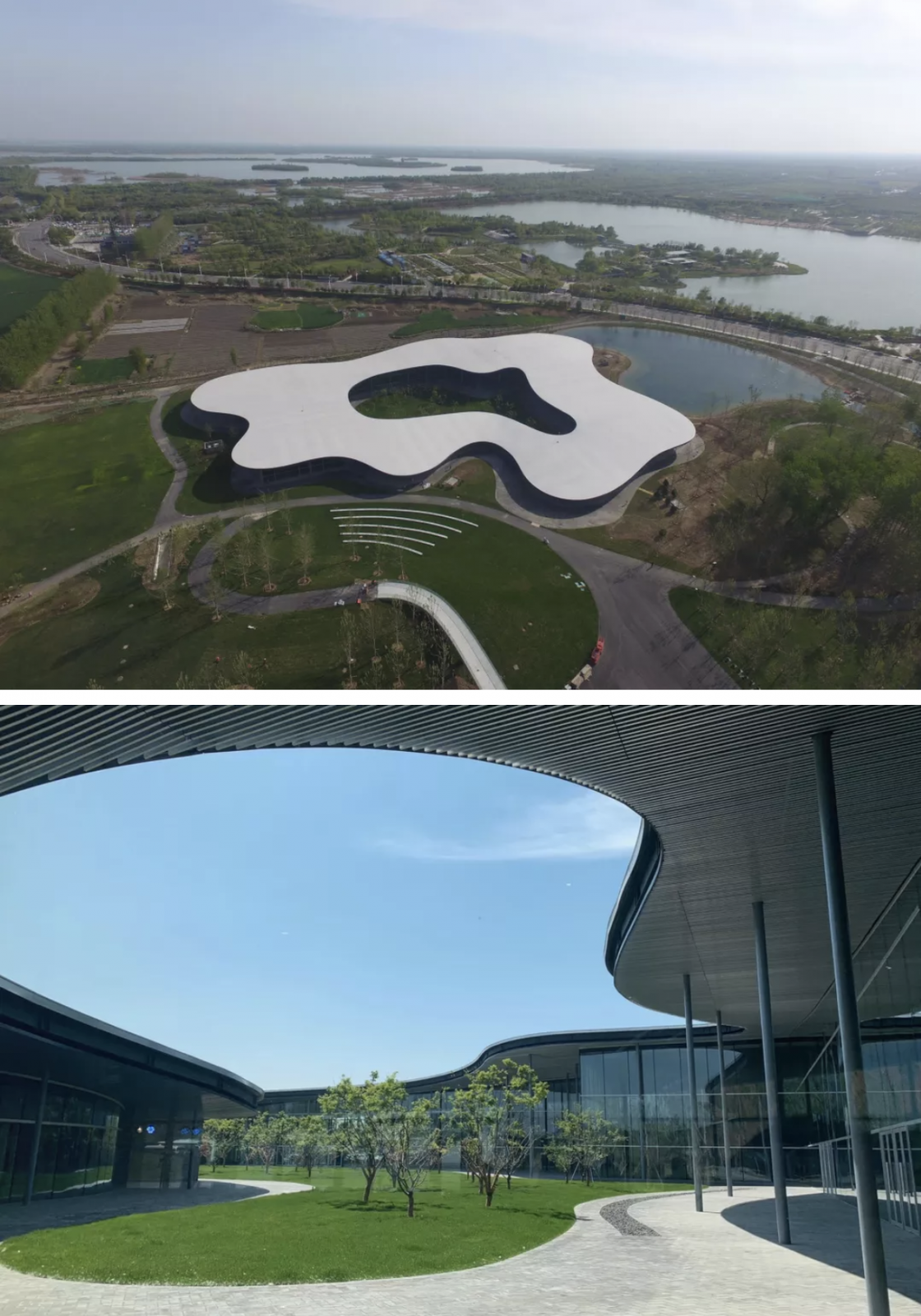
These artists explore earthly visuals, but also use their art form to gaze further into the spirit of man beyond these tangible scenes. They don’t uphold rigid patterns of traditional Chinese landscape painting; rather, dedicate themselves to innovative exploration of their visual languages, fostering the charm of contemporary Chinese fine art in a new era. The power of the Chinese spirit empowers this creativity. It comes from an instinctively introspective nature deeply rooted in the temperament of our nation. These artists can think and feel beyond the boundaries of countries and nations. They set out to contemplate the shared ideological dilemma of man with a pure heart.
Every great artist is informed by his or her original cultural background. Their distinctions come from their innovative spirits and aspirations alongside their academic vision and cultural sentiments. Our Chinese traditions, modern art and international experiences are closely interwoven. The “Spirit of Ink” shows not only the art form, but also the spirit of the Chinese aesthetic that continues to shine through the work of these artists.
Adapted from an article originally published by CAFA ART INFO
Original text by Lin Lu; Translated and edited by Sue/CAFA ART INFO; Photo Courtesy of the Organizer
Additional edits by ArtChina UK

